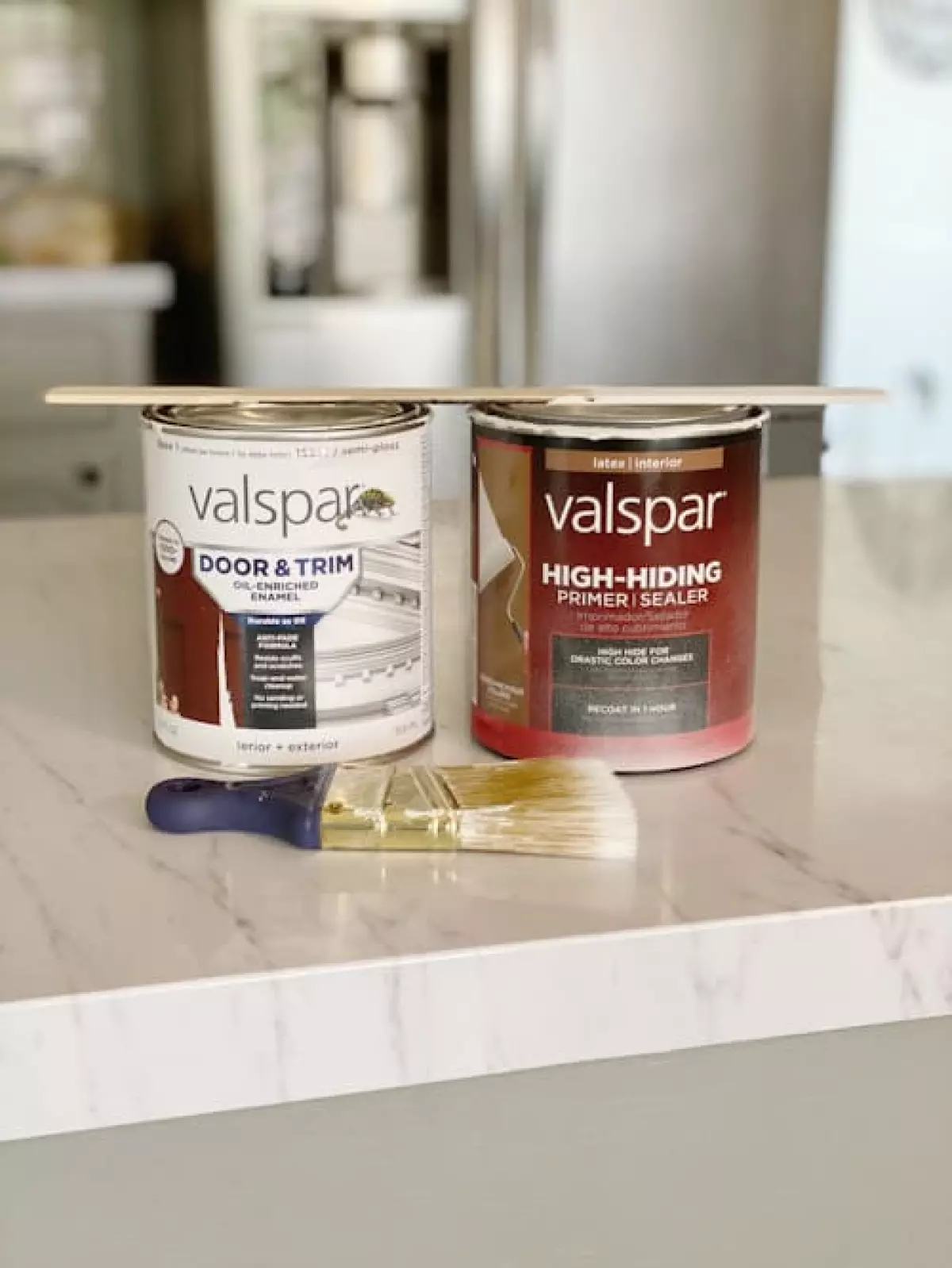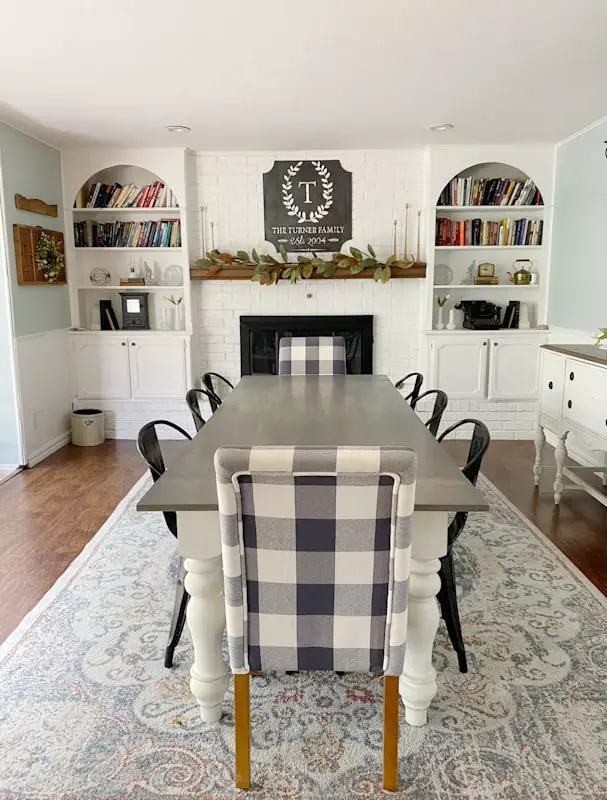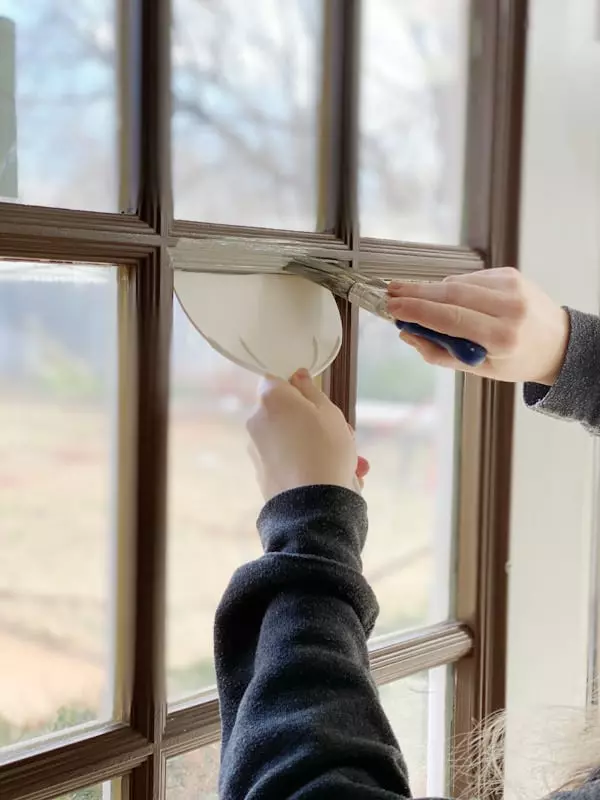Are you looking to freshen up the look of your home? One of the easiest and most cost-effective ways to achieve this is by painting the interior. Not only does painting add color and personality to any room, but it can also be done by most people with basic painting skills. In this ultimate guide, I will walk you through the steps of painting your home, providing you with all the necessary information for a successful paint job.
Cost of Painting the Interior of a House Yourself
By painting the interior of your house yourself, you can save a significant amount of money compared to hiring a professional. The cost of painting will depend on the size of your house, the number of coats of paint you need, and the type of paint you choose. On average, you can expect to spend between $200 and $1,000 on supplies and tools for painting the interior of a typical-sized home. This investment will transform the look of your home in no time!
Choosing the Right Paint for Different Surfaces
Different surfaces in your home require different types of paint for optimal results. Ceilings, for example, should be painted with flat or eggshell latex paint as they are easier to clean. On the other hand, doors, windows, cabinets, and baseboards would benefit from either oil-enriched enamel or 100% acrylic latex paint. Oil-based enamel provides a more durable finish, while acrylic latex paint is more environmentally friendly and easier to clean.
When it comes to interior walls, 100% acrylic latex paint is recommended for its durability, ease of cleaning, and eco-friendliness. You can choose from flat or matte, eggshell, or satin finishes, depending on the desired look.
 Caption: Valspar Primer Trim Paint
Caption: Valspar Primer Trim Paint
Prepping the Room
Before you start painting a room, it's essential to prepare it properly. This includes removing switch plates and outlet covers, sanding down rough patches, and patching up nail holes and other imperfections. If you plan on changing the wall color, this is also the time to fill in any cracks and rectify any other issues that might affect the new paint.
Additionally, you may need to move furniture away from the walls and cover it for protection during the painting process.
Gathering the Right Tools
To ensure a smooth painting process, it's crucial to gather the right tools before you begin. You will need a drop cloth, high-quality roller and pads, high-quality brushes, a paint tray, painter's tape, a ladder, and the paint of your choice. Investing in quality supplies is key to achieving satisfactory results.
 Caption: Valspar Furniture Paint on Coffee Bar
Caption: Valspar Furniture Paint on Coffee Bar
Choosing the Perfect Paint Color
When choosing a paint color for a room, it's important to consider the overall decor and your personal style. You can opt for a neutral gray or beige and add pops of color through accessories, or go bold with a dark green shade and neutral accents. Pay attention to the lighting in your space, as it can significantly impact the appearance of paint colors. If you're unsure about which color to choose, consult paint swatches or visit a home improvement store for inspiration.
How to Paint a Room
Now that you've prepped the room and gathered your supplies, it's time to start painting! Here's a step-by-step guide to painting a room:
Step 1: Floors and Trim
- Cover your flooring with drop cloths and use painter's tape to protect the edges of the trim, windows, and doors.
Step 2: Paint the Walls
- Apply a coat of primer if necessary, and then use a brush to cut in around the edges of the walls. Afterward, use a roller to paint the rest of the room.
Step 3: More Coats and Cleanup
- Let the paint dry and assess if another coat is needed. Once satisfied, remove the painter's tape and drop cloths. Clean any paint drips with a damp rag and soapy water.
 Caption: White Painted Brick Fireplace
Caption: White Painted Brick Fireplace
Using a Paint Sprayer on Interior Walls
Using a paint sprayer can be a more efficient way to paint the interior walls of your home. Here are some tips for using a paint sprayer properly:
- Start by filling the sprayer tank with the paint and the appropriate amount of thinning agent.
- Put on safety gear, including goggles, a respirator, and gloves.
- Prepare the area by removing any furniture or objects that may obstruct your painting.
- Hold the sprayer about 6 inches from the wall surface and begin spraying in short, even strokes.
- Work in long, even lines, overlapping your strokes to ensure even coverage.
- When painting near trim or woodwork, hold the sprayer 18 inches away from the surface and keep it moving while spraying.
Tips for Painting Ceilings
To ensure a flawless paint job on ceilings, follow these tips:
- Fix any defects on the ceiling, such as stains or holes, before painting. Use a leveling compound if you have textured ceilings.
- Remove ceiling fans and light fixtures that may hinder the painting process.
- Begin by cutting in around the perimeter of the room with a brush, then use a roller for the rest of the ceiling.
- Apply two coats of paint, and opt for a flat finish for ceilings.
- Allow the paint to dry for at least 24 hours before re-installing fixtures or placing objects back on the ceiling.
Tips for Painting Woodwork, Trim, Cabinetry, and Doors
When painting woodwork, trim, cabinetry, or doors, consider the following tips:
- Choose a contrasting paint color to create a clean and crisp look.
- Sand down rough spots and fill in imperfections before painting.
- Use an oil-based primer for stained woodwork and high-quality paint specifically made for doors, trim, and cabinets.
- Remove trim work and cabinet doors for easier painting or use a high-quality brush.
 Caption: Painting Window Trim Using Putty Knife
Caption: Painting Window Trim Using Putty Knife
Painting Tips and Tricks for Beginners
If you're new to painting, here are some additional tips to make your painting journey smoother:
- Read the instructions on the paint can carefully.
- Use the proper supplies for the job.
- Cover adjacent areas with drop cloths or plastic sheeting.
- Wear old clothes, shoes, and protect your hair.
- Clean brushes with the appropriate cleaning agent.
- Be patient and take your time.
Congratulations! You've completed your first interior painting project. Painting the interior of your home is a budget-friendly way to infuse personality and color into your living space. With the right tools, knowledge, and a touch of creativity, you can transform your home and enjoy the results for years to come.
Love it? Share it!

















